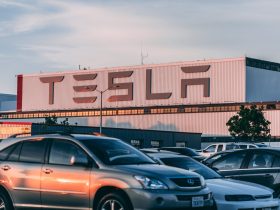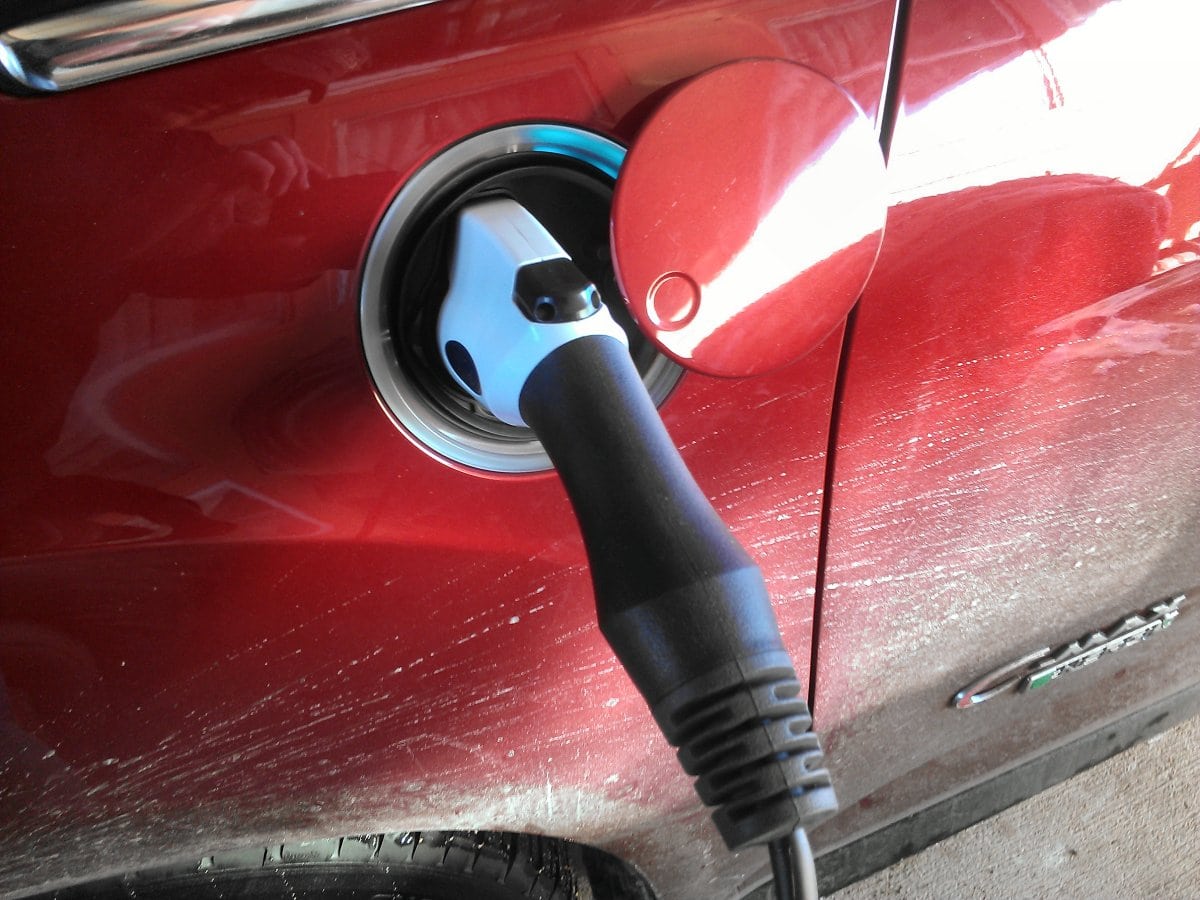If you haven’t been following them, self-driving cars (or “autonomous cars”) have been developing quickly for several years. They’ve come such a long way, in fact, that they are officially approved in Nevada (and even have special license plates to designate them) and are well on their way towards being capable of going it on their own.
Google’s Anthony Levandowski, project manager for autonomous driving, told the Society of Automotive Engineers (SAE) at a conference in Washington January 31st that the technology for self-driving vehicles will be ready for the market in three to five years. That doesn’t mean a car that drives itself will be released in five years, it means that the technology to do it will be ready by then. Google, after all, isn’t an automaker, they’re a technology company.
Still, given that Google, Volvo, and many others are working on the idea, it’s obviously just a matter of time. As David Herron at TorqueNews said:
“When will we have these cars for real? [Brad] Templeton says it’ll be 20 years or more before they’re practical, and the component costs are low enough to be affordable.”
The trouble here is that state and federal governments aren’t exactly known for their speed in adapting to new technology. Although movies and television usually depict government offices as having the latest in cutting-edge technology, ask anyone who actually works in government and you’ll likely hear about antiquated two decade-old systems doing most of their heavy lifting in computing.
It’s very likely that until the auto industry gets to a point where it is ready to begin fielding self-driving technology – likely in early forms as self-parking cars or vehicles that pull out of their slot at the mall and come to the door to pick you up – there won’t be any push for government to hurry along regulation for robot cars.
That same SAE conference featured more than one government official, including Daniel C. Smith, Senior Associate Administrator for Vehicle Safety at the National Highway Traffic Safety Administration (NHTSA), who said:
“It gets to be a massive challenge to figure out how will the government come up with a performance standard that is objective and testable for so many different scenarios where failure could possibly occur. Part of that has to do with if we should be looking at the underlying electronics.”
To further prove that the NHTSA is not exactly technologically robust, the National Academy of Sciences issued a report last year during the “unintended acceleration fiasco” that blasted the agency for its lack of technical knowledge.
Given this, it’s very likely that insurance companies, probably through the Insurance Institute for Highway Safety (IIHS), would be much quicker to adapt to self-driving cars. They’d have much to gain were the cars to prove themselves to be safer, since they are in the business of betting against an accident occurring. So the incentive would be there for them to thoroughly investigate and test the vehicles.
So, again, while the technology itself could be feasible in 3 to 5 years, there will likely be regulatory hurdles to overcome after that. Further, automakers put a lot of time into developing new models. Most manufacturers have their vehicles on a 4-7 year cycle of development, from concept to production-ready update. A brand new vehicle usually takes even longer.
Tesla Motors, as a startup automaker, began work on the Model S electric car in late 2006 or early 2007 and it was officially announced by the company as being in the design phase in 2008. The first prototype appeared in 2009 and production began in mid-2012. That’s roughly five and a half years from inception to complete vehicle and is faster than the time frame most major automakers complete a vehicle in. It is, by all accounts, likely the fastest a vehicle could be conceived of and brought to market without using a lot of off the shelf components.
So if the technology is ready in, say, five years (2018), then current models retrofitted with self-driving tech could be on the road within 3-5 years of that (2021-2023). After that, we’d have to wonder when (or if) government would get involved.
In the earlier days of automotive, up until the 1980s, there was only moderate involvement in vehicle safety testing by the federal government and not much at all from the states. When anti-lock braking systems (ABS) were introduced in 1971 by Chrysler, Ford, and General Motors, they were largely unfettered by government involvement. To this day, the NHTSA has not mandated them, though ABS has become standard on nearly all motor vehicles. Which is actually a good thing when we’re considering autonomous vehicles.
It’s possible that the NHTSA will react to self-driving cars in the same way that they reacted to ABS – by ignoring it and continuing to “study” them and thus staying out of it altogether. If so, then we could, indeed, have self-driving cars as early as 2020 or so and within a decade almost assuredly. Most likely it would first appear as a high-cost option for a high-end car made specifically to be automated and from a small, niche builder – just as the first re-introduced electric cars have been until recently. After they’ve gained a little acceptance and the big automakers have had a chance to thoroughly test them for themselves on retrofitted mules, then we could see Ford, Toyota, GM, Nissan, or even BMW coming out with their own.
In the end, Templeton’s guess is probably about right. Two decades until it’s relatively commonplace is probably the best ballpark we can have.
For more on how autonomous cars work, here’s Sebastian Thrun and Chris Urmson at IROS 2011 explaining the evolution of the Google self-driving car:
And a short video showcasing how Volvo’s “road train” technology works at a live on-road test in Sweden:
http://www.youtube.com/watch?v=dO6JtncrY08&NR=1&feature=endscreen







